Katakuchi Brush Stroke (Medium, Set of Five) by Dohachi Takahashi
Katakuchi Brush Stroke (Medium, Set of Five) by Dohachi Takahashi
Couldn't load pickup availability
Width: Approx. 12cm Height: Approx. 4cm
Katakuchi Brushwork (Medium, Set of Five) - Takahashi Michihachi, IX
This is a set of five medium-sized bowls with a soft grayish gray glaze, boldly brushed with white brush strokes, and the small beaks on the lids add a lovely accent. Below, we will introduce the charms of this piece in detail from five different perspectives.
1. Beauty of form - the rhythm and practicality of "katakuchi"
It is a cup-shaped vessel with a moderate palm-sized diameter of about 12 cm, low rise and wide opening. The protruding part unique to katakuchi cups changes the orientation of each of the five cups, creating a rhythmic movement on the table. It is difficult for liquid to drip when serving, and can be used widely as a small serving dish to accompany vinegared dishes, dressings, and soup stock.
2. Glaze Tone and Brushstrokes - Movement Created by Ash Glaze and White Clay
The clay is covered with ash glaze, and then slightly dry white clay is applied in an arc-shaped pattern with a thick brush in one stroke, creating a "brush stroke" technique. The white clay roughly intertwines with the moist luster of the ash glaze, and the dynamic brush strokes remain on the surface of the vessel, giving it a sense of both simplicity and dynamism. The iron powder and subtle fire color that appear after firing add warmth to the quiet color of the ash glaze.
3. Katakuchi beak: a small sculpture with functional beauty
The small beaks are hollowed out and finished thinly to allow for good pouring. When the pot is tilted, the white brush marks overlap with the trajectory of the liquid, visually enhancing the act of pouring. When all five are lined up, each beak points in a different direction, creating a gorgeous effect that resembles a five-petaled flower in full bloom.
4. Techniques: Turning the potter's wheel and improvisation
The clay is shaped thinly on a potter's wheel, and after bisque firing, white clay is applied improvisationally with a brush, maintaining the uniqueness of each individual brush stroke. When the transparent ash glaze is fused during the main firing, the glaze is applied thinly to the brush marks, making the white clay slightly rough, and the finished product allows you to feel the "breath of the clay" both to the touch and to the sight.
5. Historical and cultural background: "Brush marks" and the inheritance of folk crafts
Brush strokes were introduced to Japan from Buncheong ware of the late Yi Dynasty in Korea, and were favored in Raku ware of the Edo period and in folk kilns around the country. The "improvised beauty" brought about by bold brush strokes was highly praised in the folk art movement advocated by Yanagi Muneyoshi and others. Takahashi Michihachi is a renowned Kyoto ware color painting master, but he has also incorporated these simple techniques and elevated them to a refined style that fits in with the modern dining table.
The Takahashi Dohachi family has been known as a prestigious Kyoto ware color painting family since the late Edo period. The ninth generation master graduated from the Department of Clothing Design at Kyoto Bunkyo Junior College, majored in design, and then went on to the Department of Molding and Research at Kyoto Prefectural Ceramic Technical College, and further solidified his technical foundation at the Kyoto Industrial Research Institute.
In 1996, he began to study pottery under his father, Dohachi Yashiro, and began making pottery in earnest.
In 2012, he took on the name of the ninth Takahashi Dohachi.
His style, which combines the sense of form cultivated in clothing design with the traditional techniques of Kyoto ware, has breathed new life into the Dohachi family of pottery and displays a sophistication that stands out in modern tea ceremonies and gallery spaces.
This piece combines the serenity of the ash glaze with the dynamism of the white brushstrokes, and has the space to bring out the best in your food, as well as the warmth of a handmade product. The one-mouth shape means it can be used freely as a pouring vessel or a small bowl, and lining up five pieces together will create rhythm and a sense of unity at the dinner table or drinking party. We hope you will use it for many years to come, and enjoy the "momentary brushstrokes" engraved in the brushstrokes and the outstanding beauty of Takahashi Michihachi's work.
Share
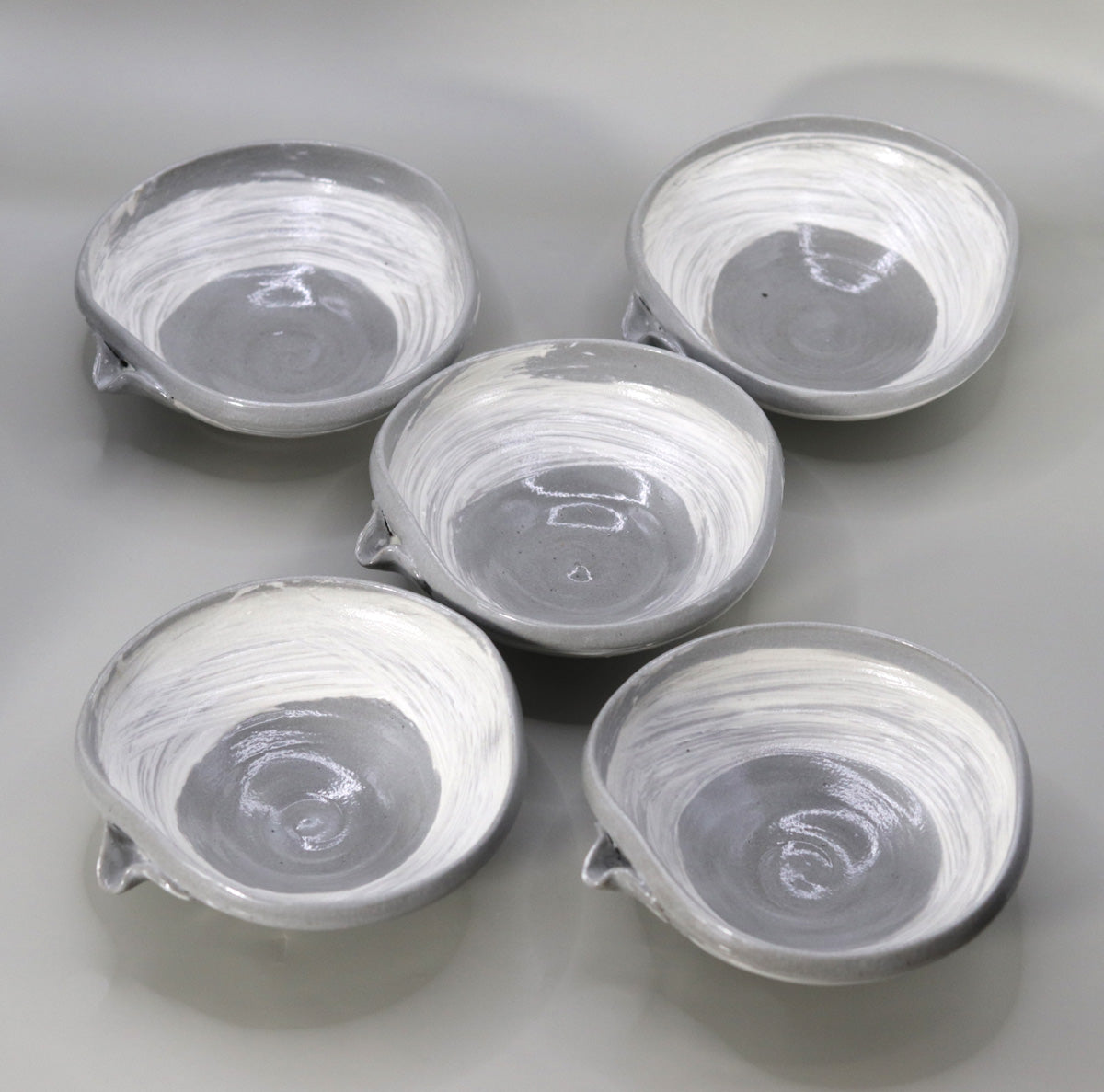
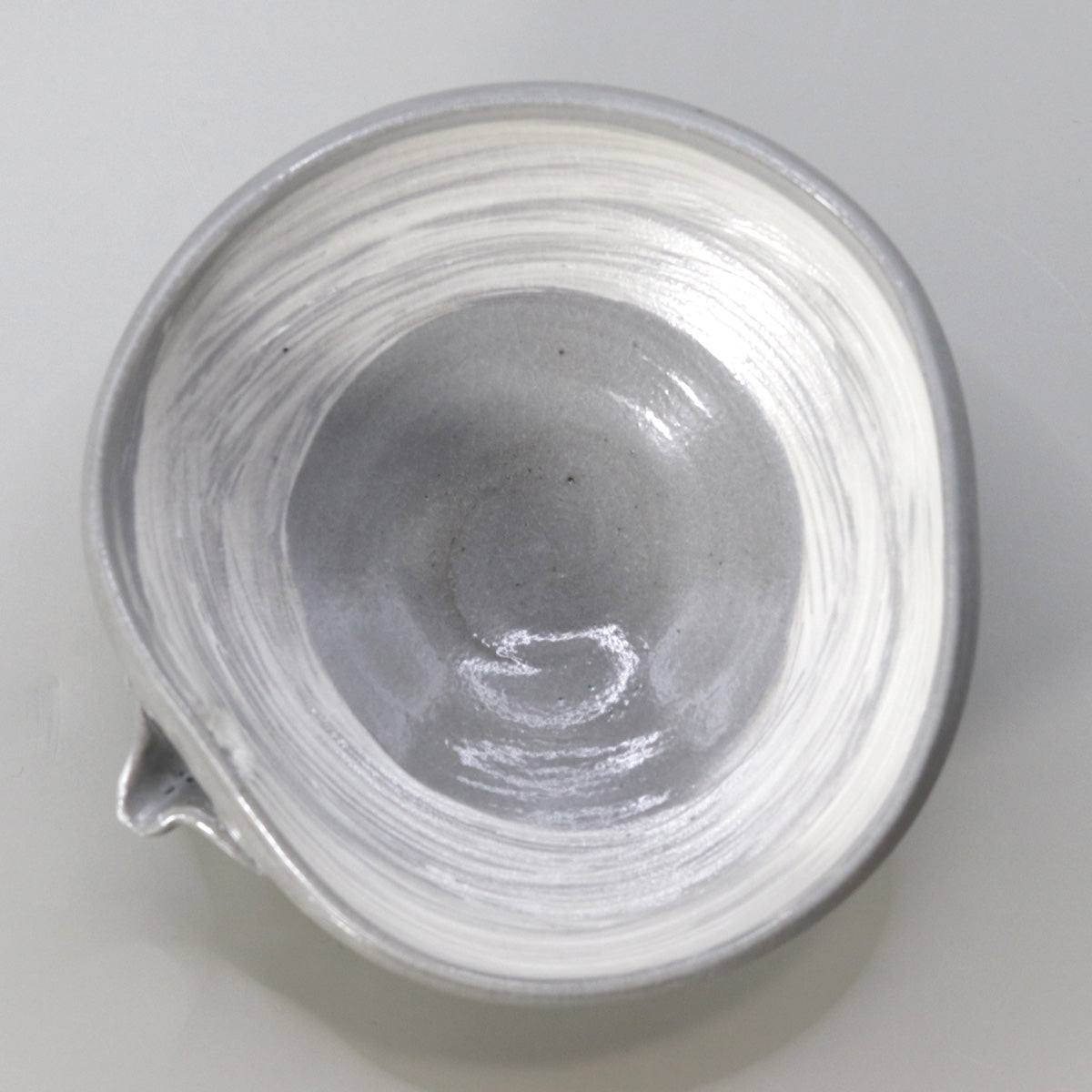
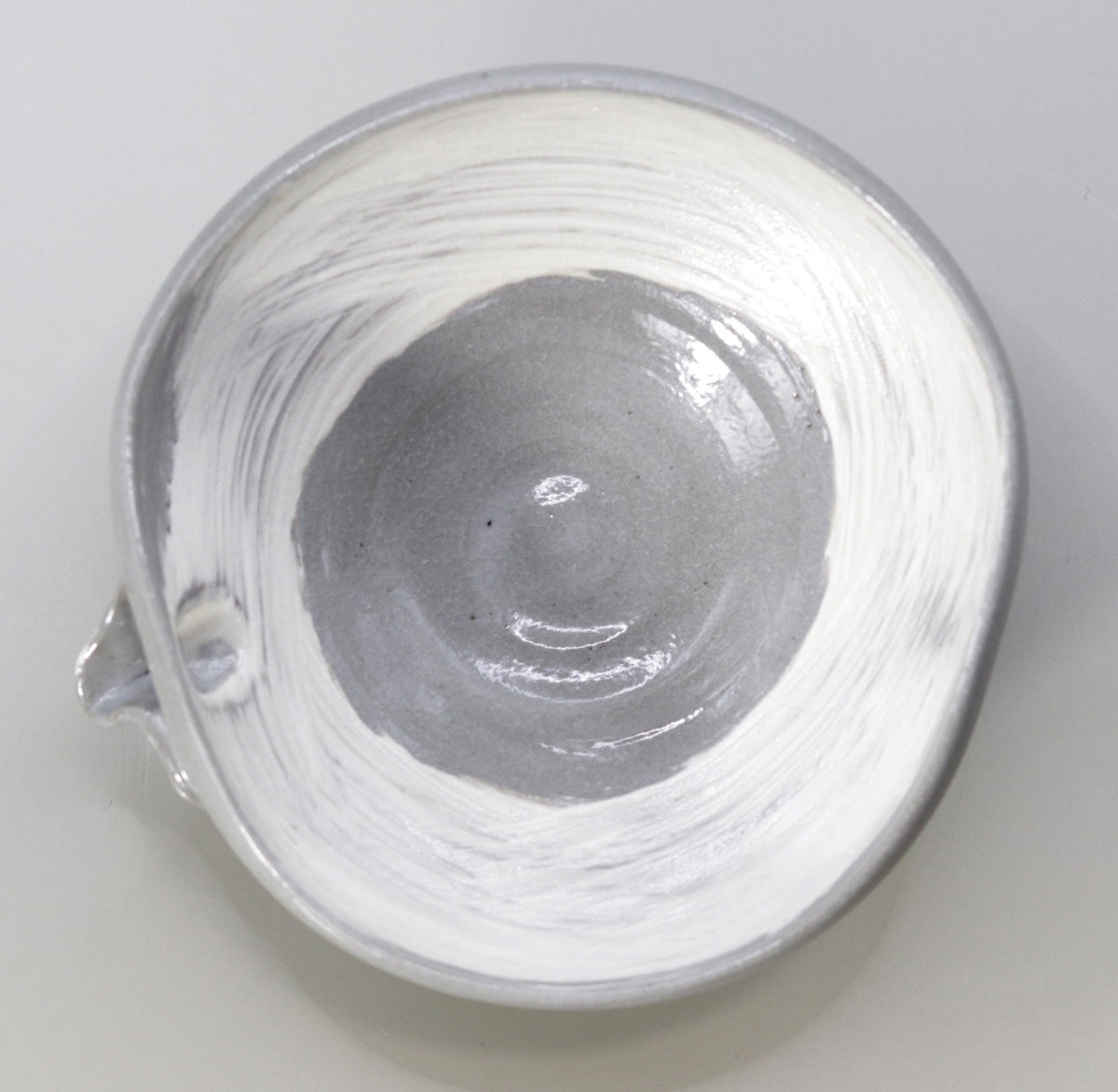
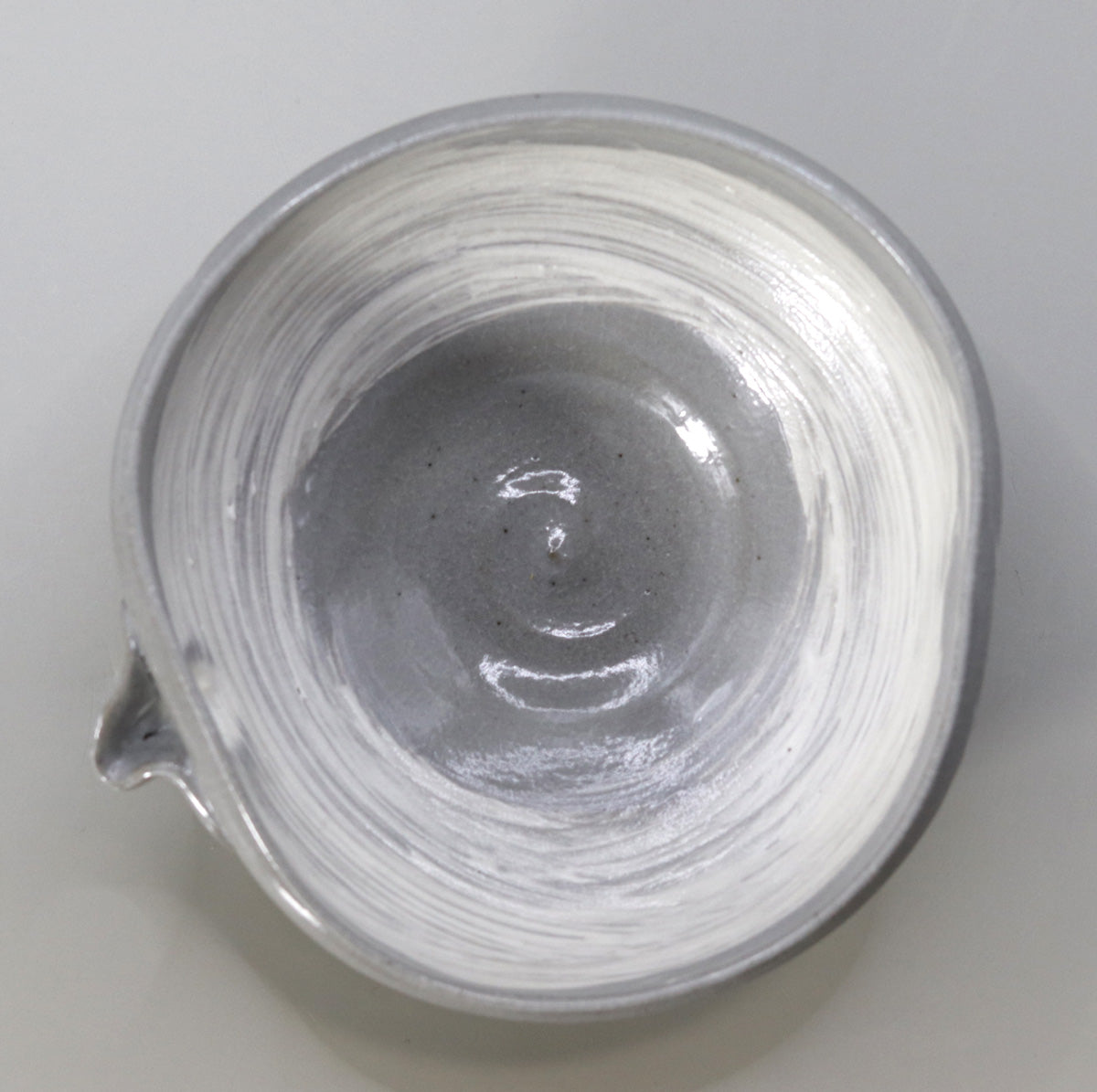
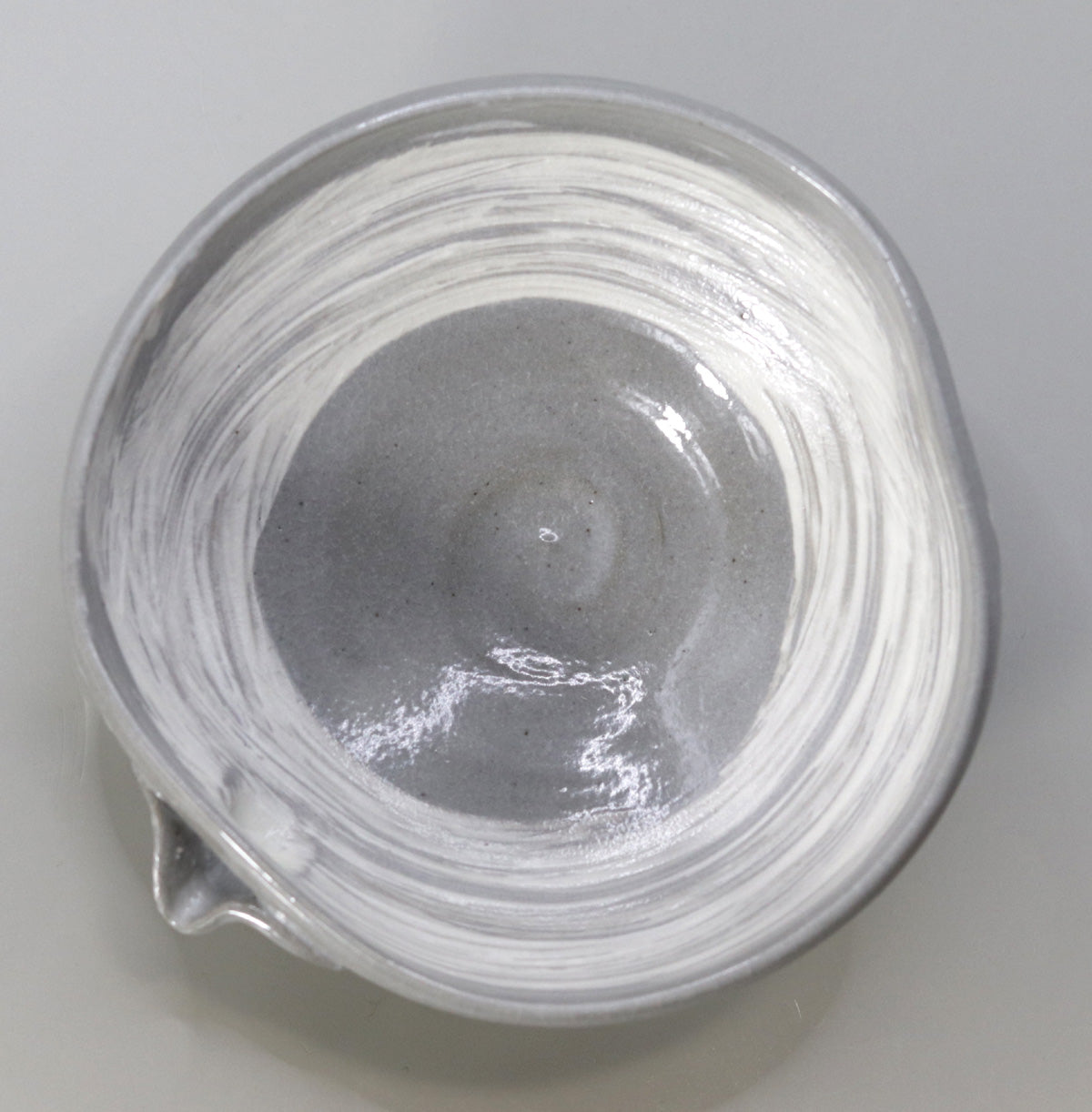
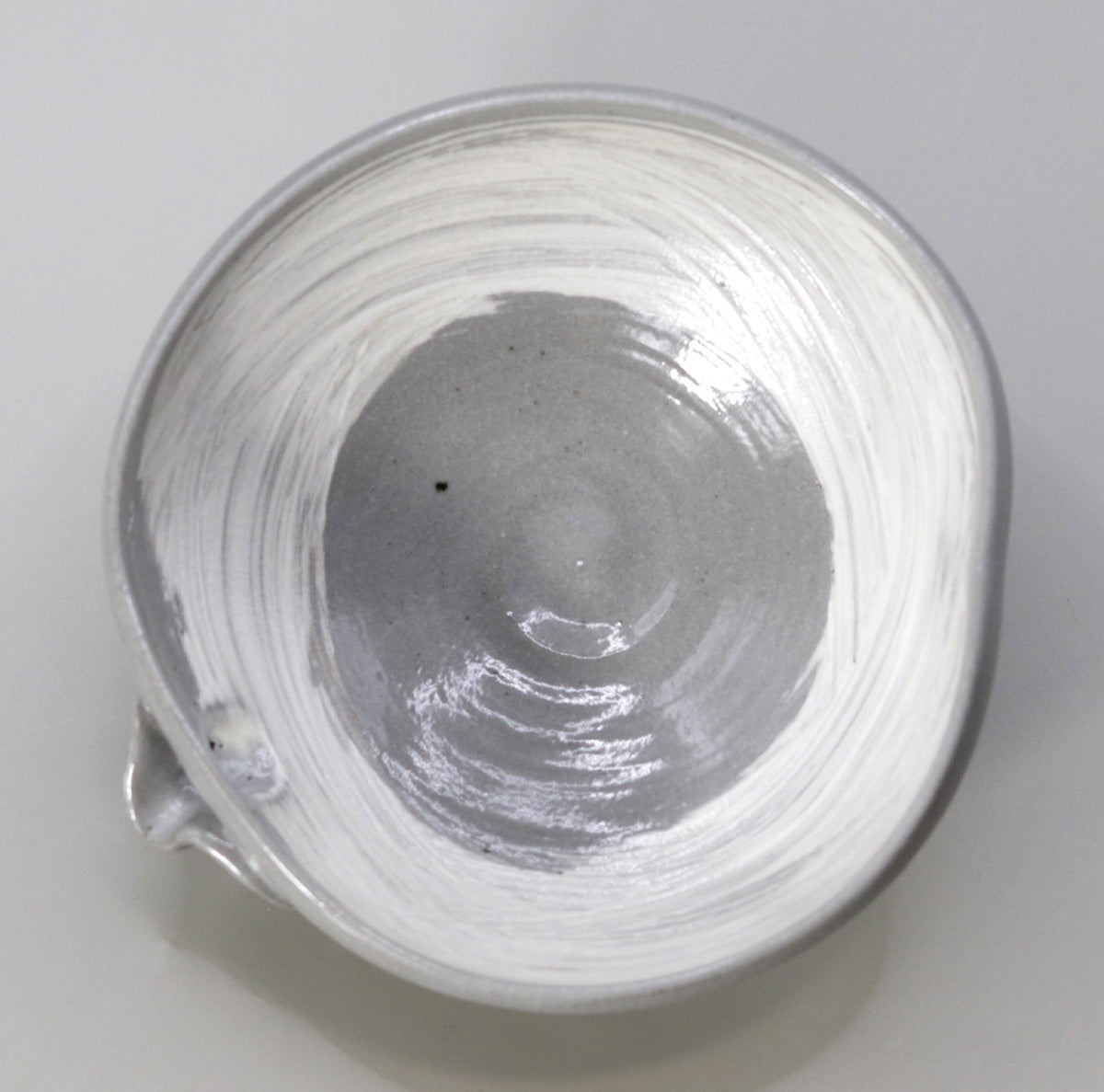
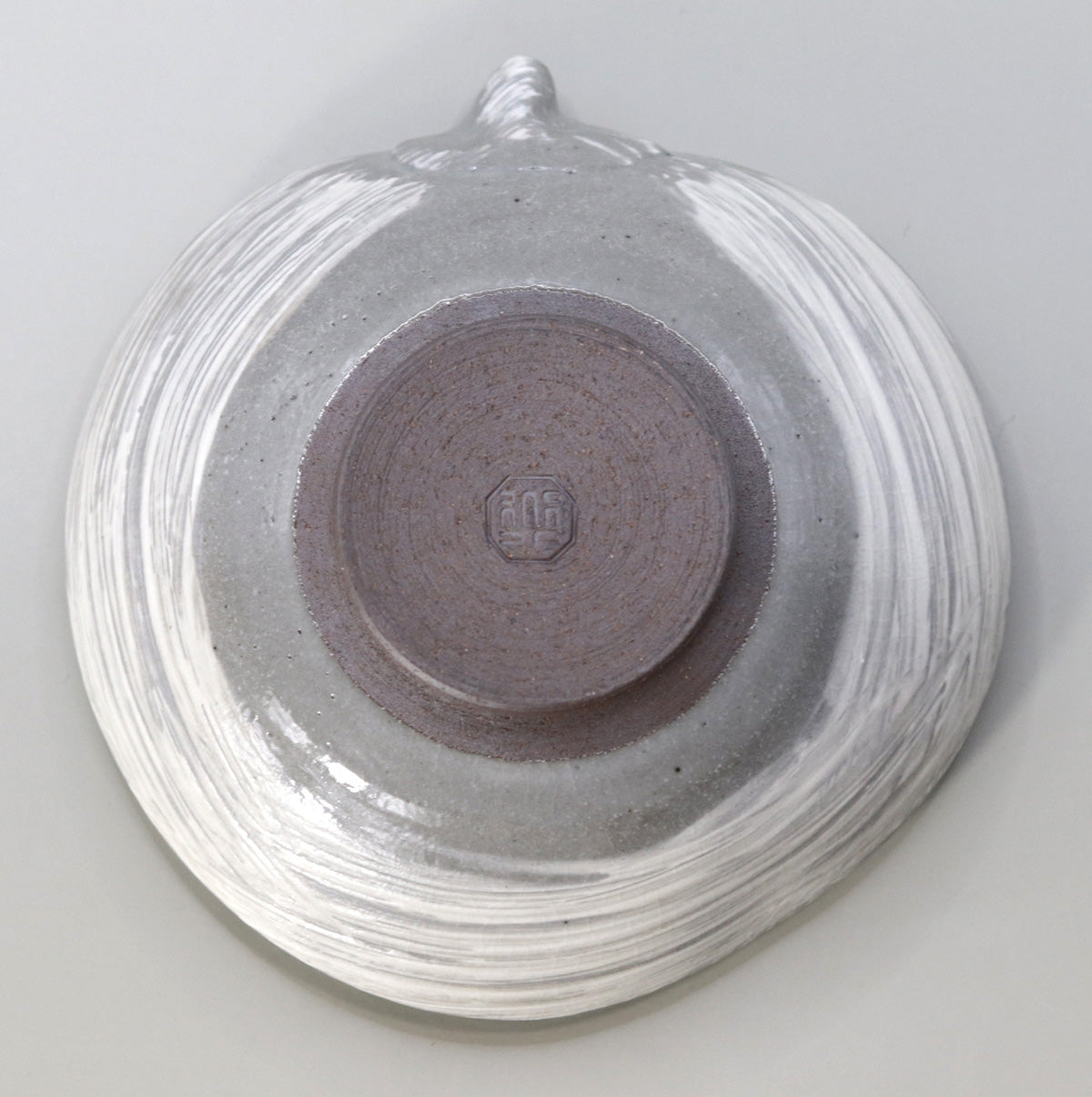
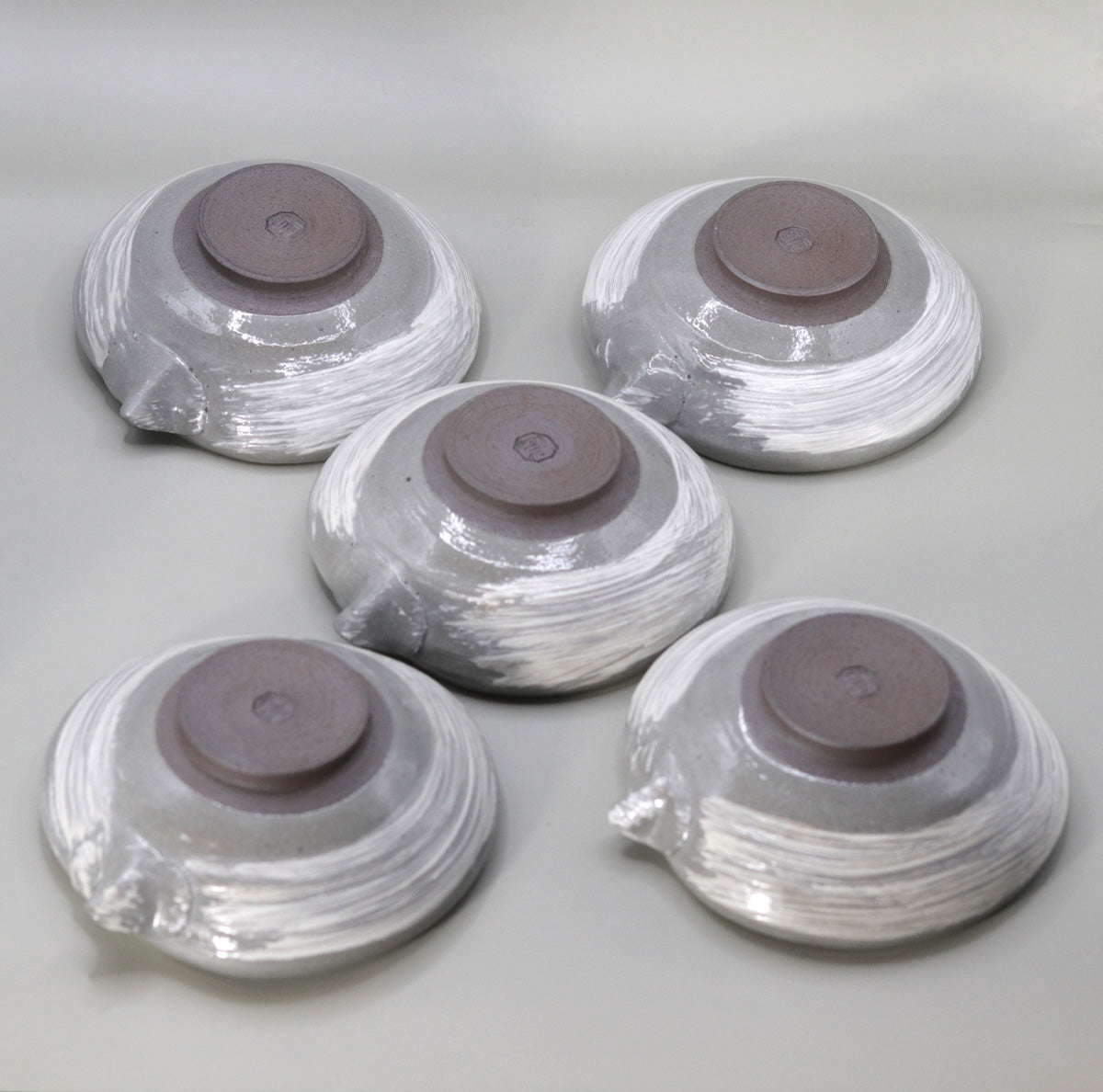
Multi-Column
-
[I will send it to you quickly and carefully]
We carefully package each product in a way that suits it best.
Also, delivery times vary depending on the piece (vessel, etc.).
Items that already come with a box will be shipped within 1-3 days of the order date.
For items that require a box to be made after your order, it will take approximately 30 days for production to be completed and then shipped.
In either case, once we have confirmed your order, we will contact you by email to inform you of the delivery date.
-
[Requests when purchasing pottery]
Even products that look the same may differ slightly in color, shape, size, etc.
The way the glaze is used, the power of the kiln, the firing method, the season, and the humidity also affect the appearance of the pottery.
Please understand the individuality of each piece of pottery and enjoy the unique warmth of handmade.








